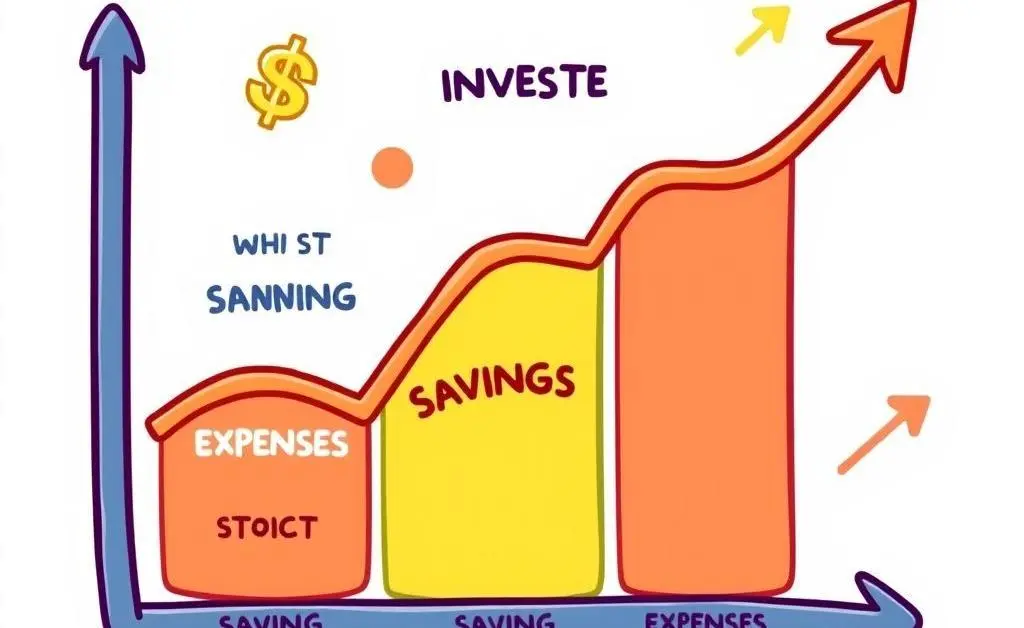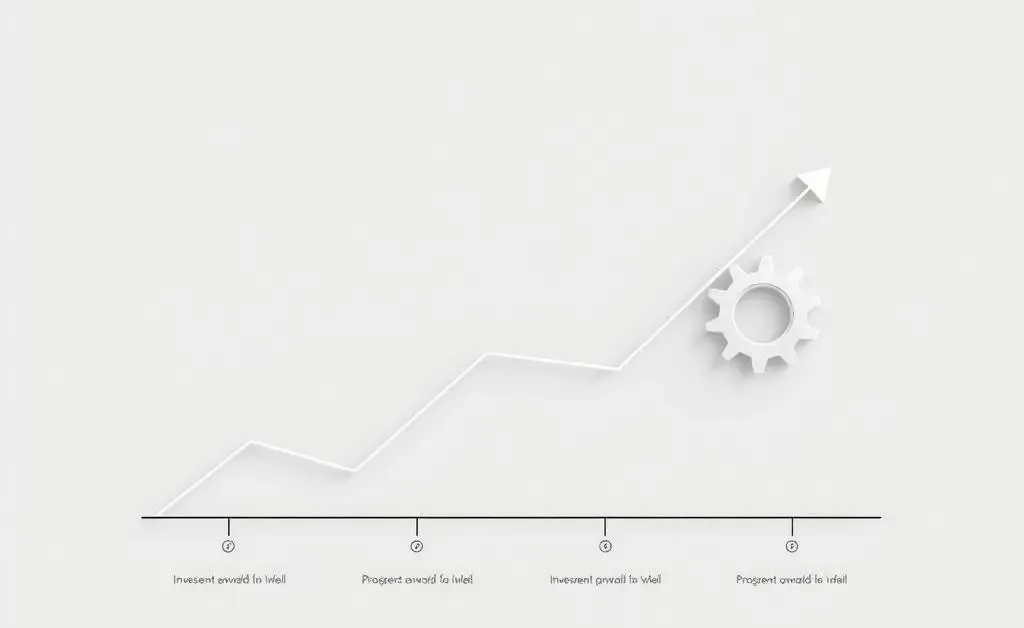How to Start Investing with a Shoestring Budget: Tips for Beginners
Discover beginner-friendly tips for starting your investment journey on a budget. No need to break the bank!

Ever thought about diving into the world of investing but felt overwhelmed or short on cash? You're not alone! Many budding investors find themselves asking, "How do I even start investing with limited funds?" The good news is, you don’t need a fortune to get started. Let’s explore some practical steps to kick off your investment journey without breaking the bank.
Start Small and Think Big
The key is to start with what you have, no matter how little. Imagine you've only got $100 to spare; it might not seem like much, but it’s enough to dip your toes into the investment pool. From micro-investing apps to index funds, there are options that require minimal upfront capital.
Why Micro-Investing?
Micro-investing platforms allow you to invest small amounts regularly. This approach is perfect if commitment is your biggest hurdle. With apps, your spare change can gradually build up to a solid investment.

Set a Budget (And Stick to It)
Creating a budget might sound simple, but it’s a crucial part of investing smartly. Consider dividing your income into:
- Savings
- Investments
- Expenses
Use a budgeting tool or app to keep everything organized. This helps ensure you’re not overcommitting funds and makes it easier to track how much you're actually investing.

Harness the Power of Compound Interest
The earlier you start investing, the more you can benefit from compound interest. By reinvesting your earnings, even a small amount today can grow significantly over time. Remember, investing isn't about instant riches; it's about patience and gradual growth.
Anecdote: The Tale of Alex
Take Alex, for instance. A college student with part-time work, Alex started micro-investing with just $50 a month. Five years down the line, that small step turned into a tidy sum thanks to regular contributions and compound growth. If Alex can do it, so can you.

Keep Learning and Stay Curious
The investment world can feel like a maze, but staying informed is half the battle. Dive into books, listen to finance podcasts, or follow trusted financial advisers. Over time, you'll grow more comfortable navigating the terrain.
Starting with small steps today can lead to significant leaps tomorrow. What’s the first investment move you’re considering? Let me know in the comments!




